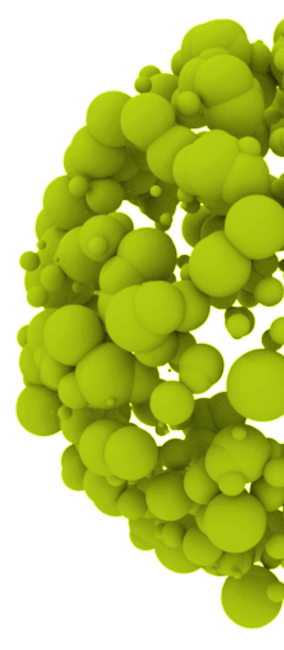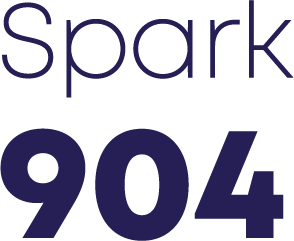Our full range of
R&D capacities

Confocal microscopy
Electronic Paramagnetic Resonance (EPR)
Energy-dispersive X-ray spectroscopy (EDX)
Fluorescence spectroscopy
Freeze dryer
Gas Chromatography (GC)
Gas Chromatography Mass Spectrometry (GC-MS)
Gel Permeation Chromatography (GPC)
Glove Box workstation
High-Performance Liquid Chromatography (HPLC)
High-Performance Liquid Chromatography Mass Spectrometry (HPLC-MS)
High resolution Mass-spectrometry (HRMS)
Inductively Coupled Plasma Atomic Emission Spectroscopy (ICP-AES)
Infra-Red Spectroscopy
Matrix Assisted Laser Desorption Ionization (MALDI-MS)
Nuclear Magnetic Resonance (NMR)
Polarimeter
Potentiostat
Preparative Liquid Chromatography (prep-LC)
Preparative Size-Exclusion Chromatography (prep-SEC)
Pycnometry/ Density measurements (He and Hg)
ReactIR for reaction monitoring (in situ IR)
Scanning Electron Microscopy- Electron Dispersive X-Ray (SEM-EDX)
Single-crystal X-Ray Diffraction (XRD)
Surface area and porosity measurements (BET)
Thermal analysis (DSC and TGA)
Transmission electron microscopy (TEM)
UV-vis spectroscopy (UV-Vis)
Vibrational Circular Dichroism (VCD)
X-ray photoelectron spectroscopy (XPS)
X-Ray Powder Diffraction (XRD)
